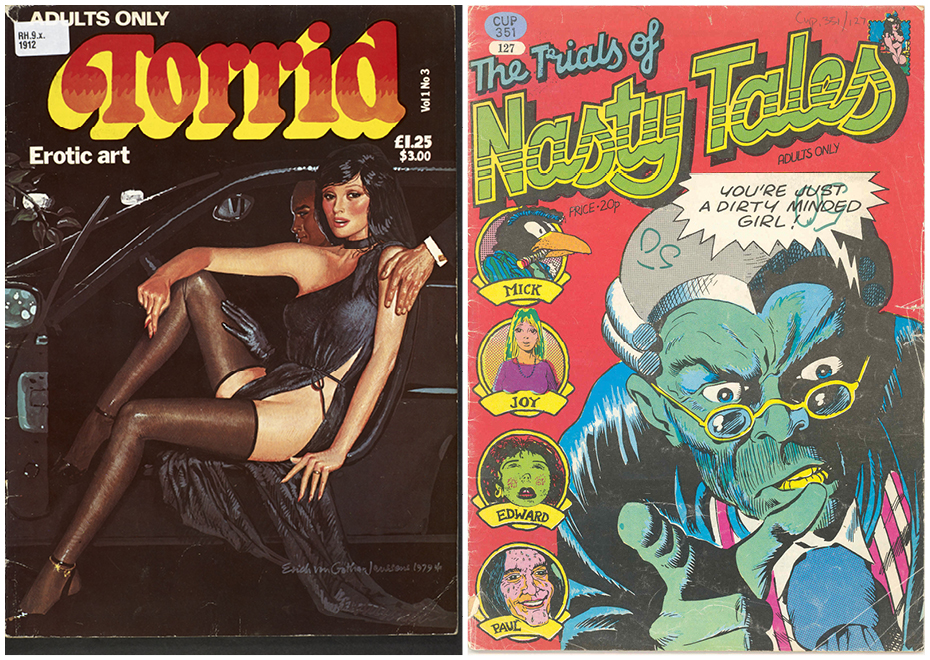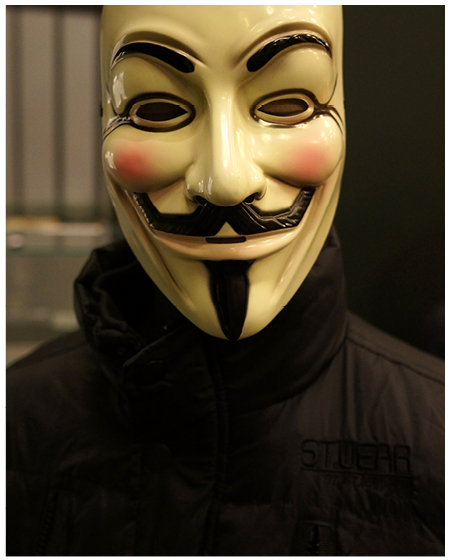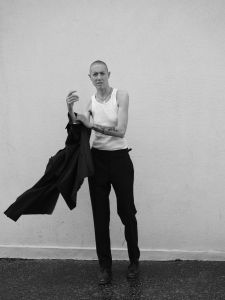
John Harris Dunning, co-curator of British Library exhibition Comics Unmasked, on the apartheid-era origins of his affection for comics
Comics have always been a passion of mine, to the point where I was dreaming in comic book panels with captions and speech bubbles aged 10. I came to literature later, but comics were my first love, and whilst I’m really pleased that comics are being accepted by the establishment – I approached the British Library about this show which is currently running for that very reason – I also hope that comics never lose their dangerous edge. They have been the cause of numerous high profile obscenity trials, including the Oz magazine trial in 1971, the longest obscenity trial in UK history, as well as legislation: the Children and Young Persons (Harmful Publication) Act of 1955.[/one_half]Comics are not literature, or visual art – although they are related to both – they are their own unique voice. It’s also important to remember they are a form, not a genre. The infantilisation of comics was a more recent trend – comics were initially aimed at adults in the Victorian era, and although they were often satirical, they were by no means exclusively so. Comics are a very powerful medium for communicating strong material, in particular political messages.

As a child growing up in apartheid South Africa, we were under a ‘state of emergency’ which included a ban on international media. All political dissent was carefully filtered out of the media the public was allowed to consume, but a British comic called Crisis made it through and was available on newsstands, filled with strong anti-racist narratives. They had made it under the radar – the government censors had simply not considered that comics could portray these kinds of issues. The British are particularly good at the portrayal of sedition in comics. The trend can be seen to begin way back in the Victorian period, where popular publications later termed ‘penny dreadfuls’ were consumed by a newly literate British public. They were filled with anti-heroes that challenged the buttoned-up status quo. This continued through British comics, finding it’s most eloquent form in the work of writers like Alan Moore, whose V for Vendetta remains a highly visible inspiration to anarchists and the Occupy movement, as well as his genre-busting superhero series The Watchmen.
Another hidden stream that runs through comics is that of the occult, and key writers like Moore, Grant Morrison and Neil Gaiman have all used comics to promulgate the Western occult tradition, creating spells out of ink and paper, working on millions of minds across the globe. Such is the power of comics – a power that is increasing in the digital age where comics are now also hosted on phones and tablets as well as online.
John Harris Dunning is a comic book author and the co-curator of Comics Unmasked: Art and Anarchy in the UK which runs until 19 August at the British Library. Click for more details




